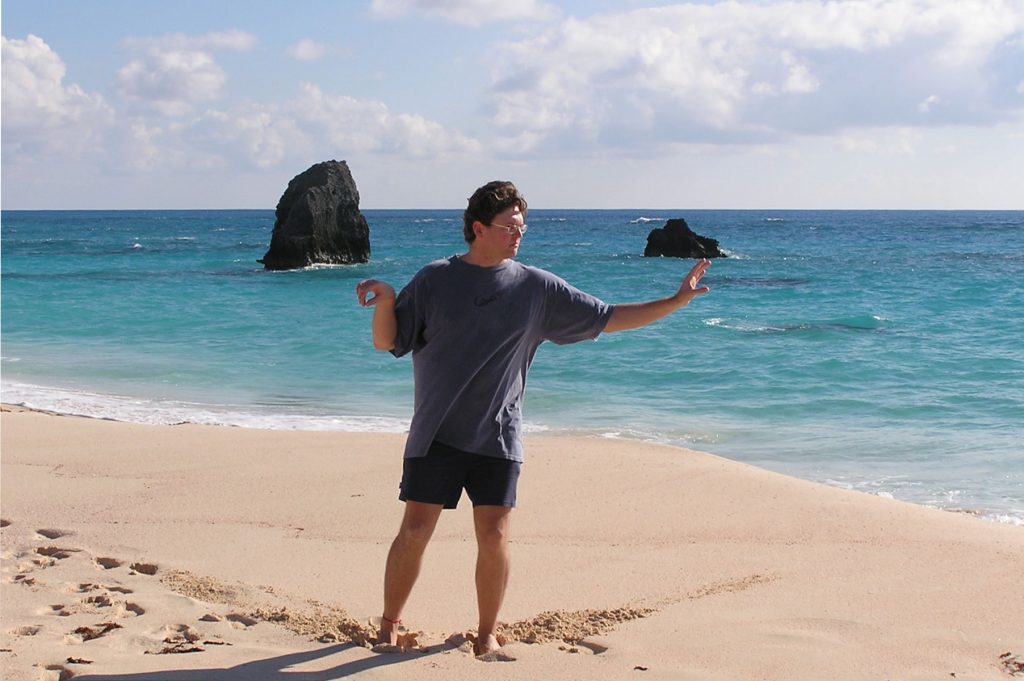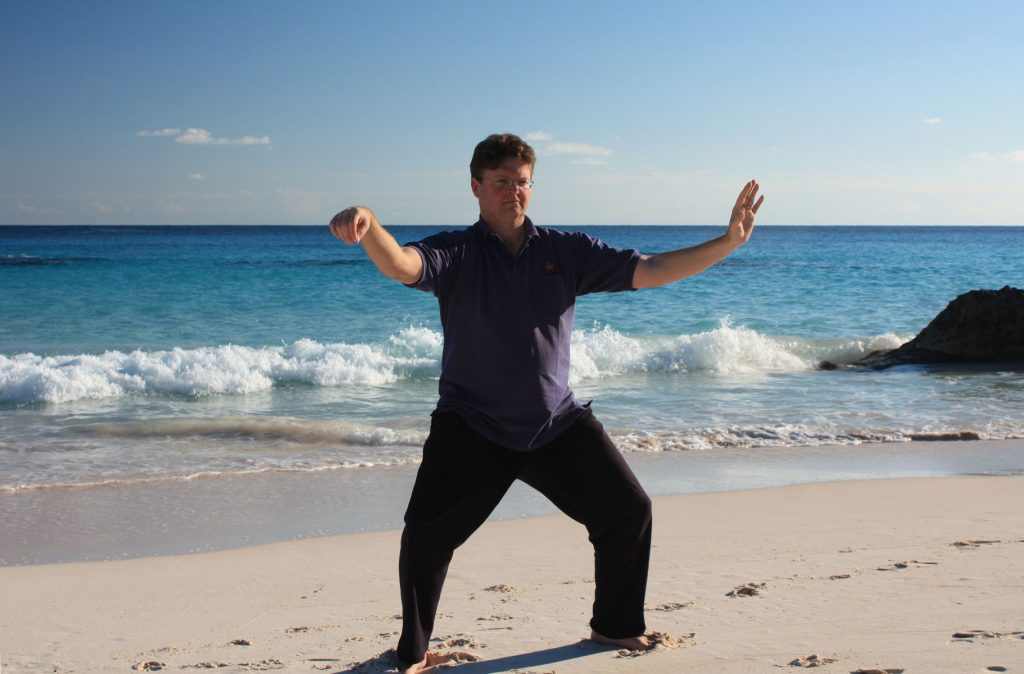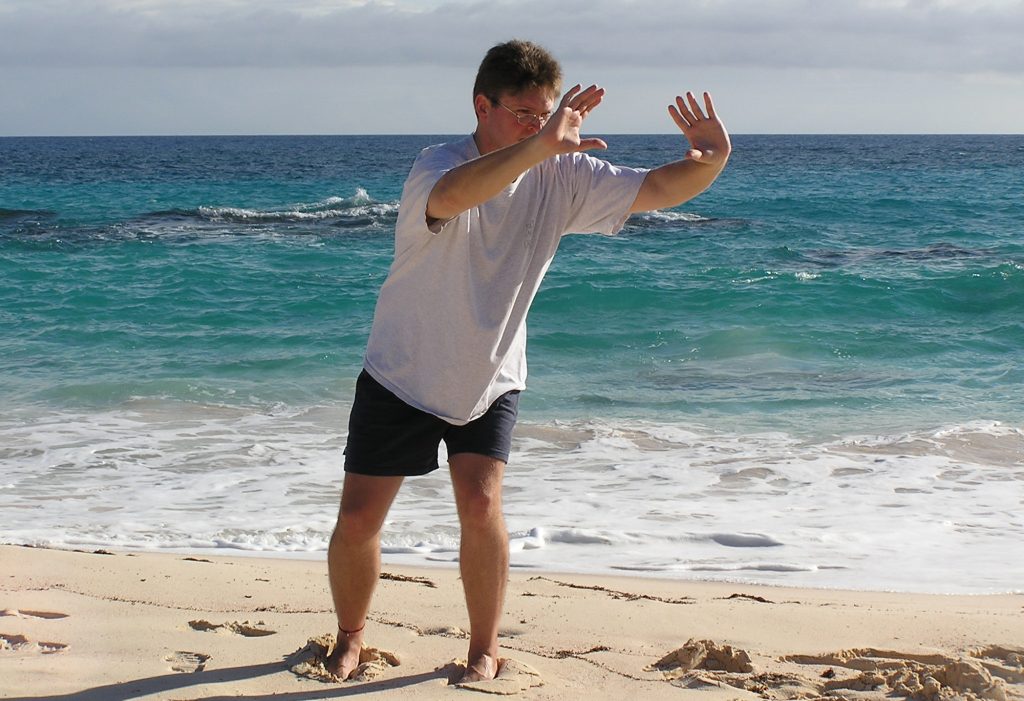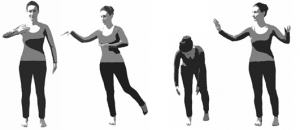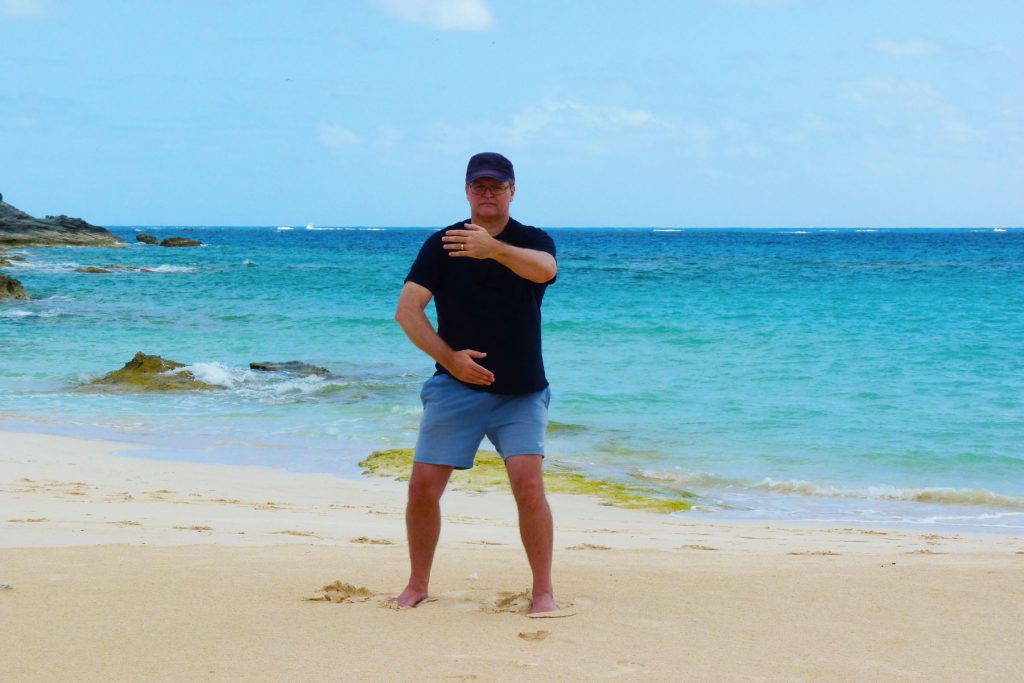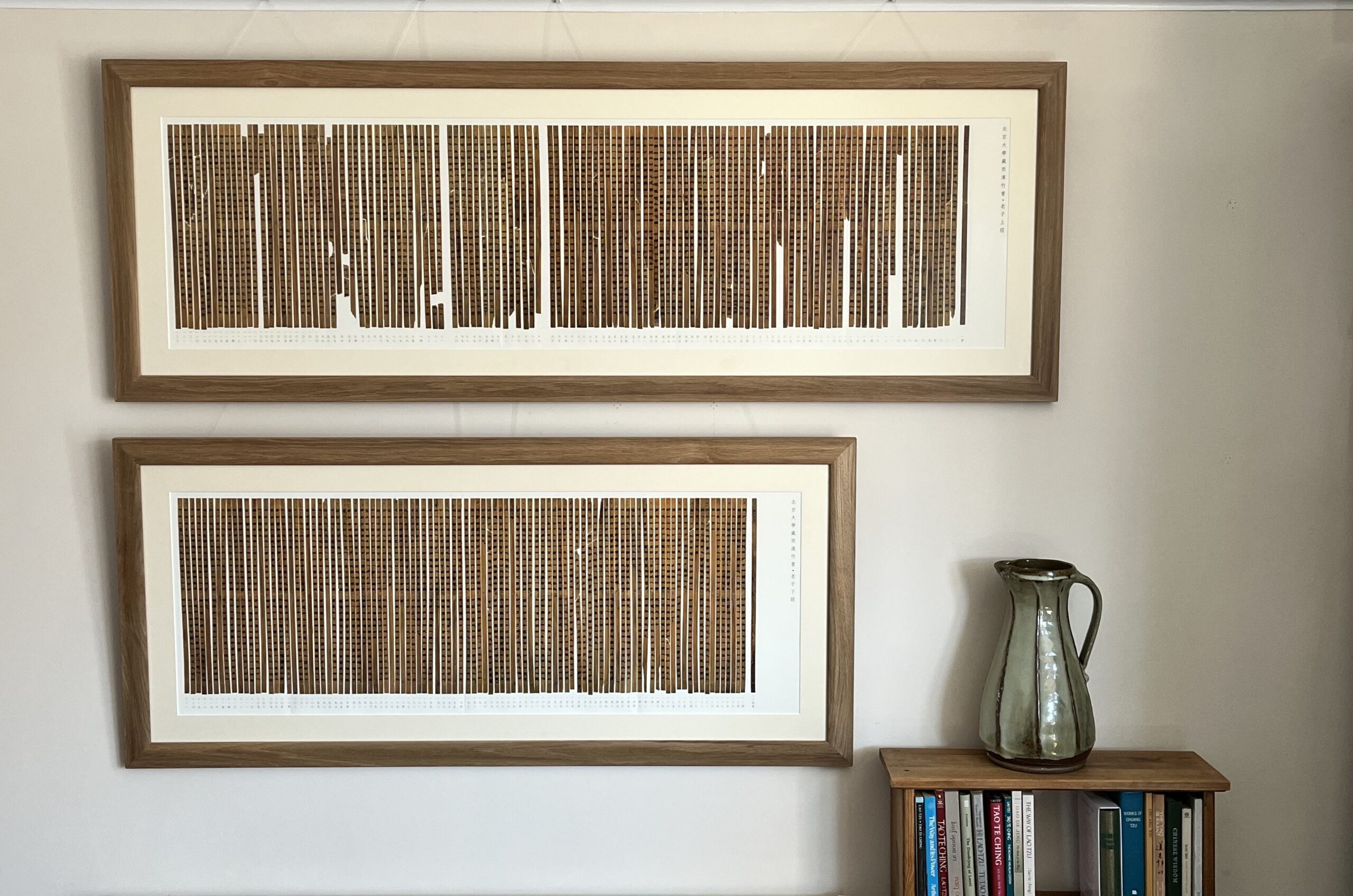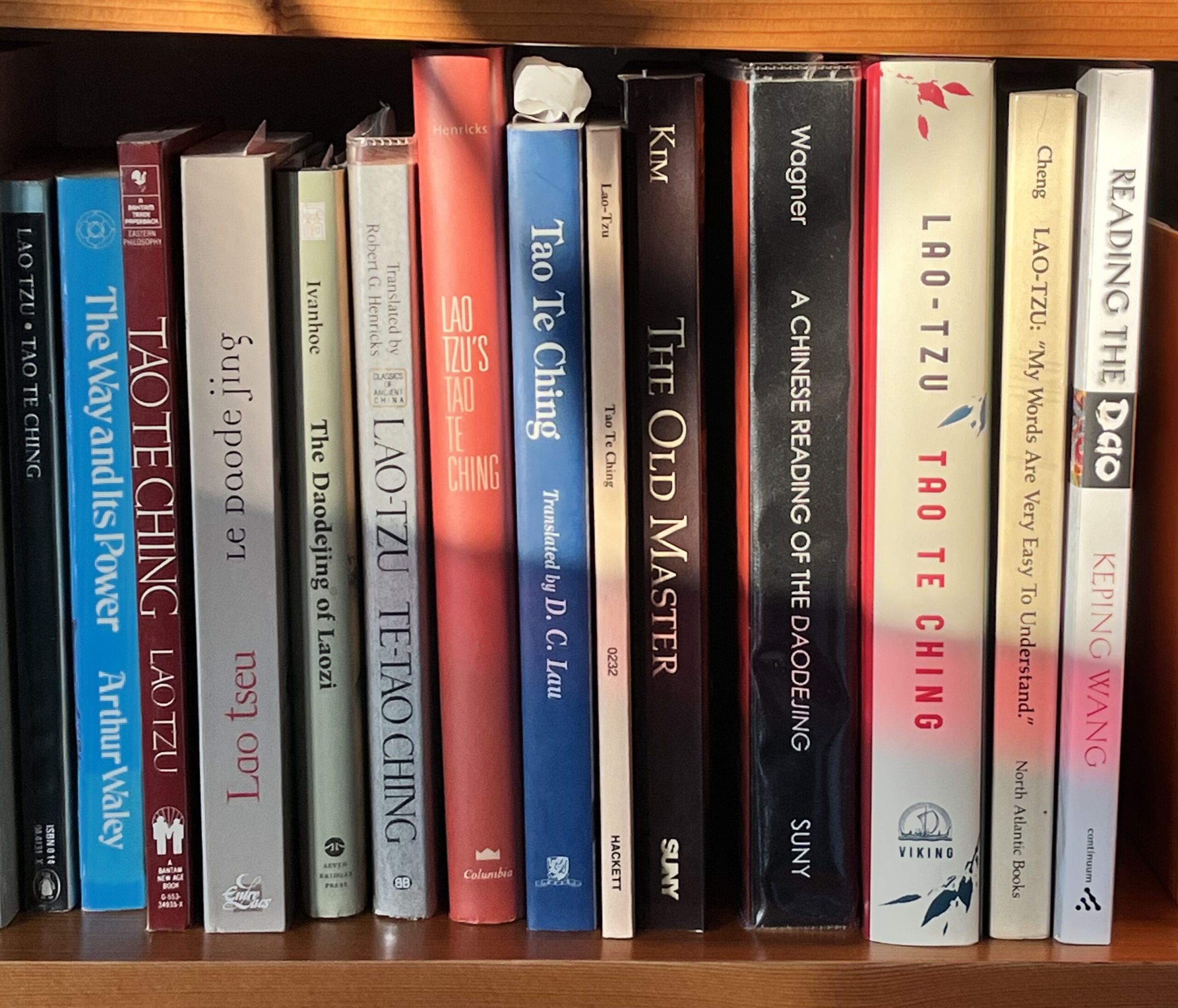When people first join my classes they often comment on how slow they are, even compared to other Tai Chi classes, punctuated as they are by regular tea breaks. There are several reasons for this deliberate lack of haste.
The first reason is obvious enough. The breaks give your nervous system time to absorb whatever we have just done. It makes it much easier for the body to retain the new information and then to integrate it. If the class just kept moving on to the next thing without any pauses, only a fraction of what was taught would be retained. It is the equivalent of the famous tea cup that, once full, overflows. There is only so much that it can hold and until it is emptied, the tea is drunk and made part of the drinker, it simply will not be able to hold any more. The least beneficial aspect of such a way of doing things is the impression left that you have learned much more than you actually have. Being in the room when something is being taught is not the same as truly learning and embodying it.
The second reason for the easy pace is to encourage us to let the mind slow down. We live in a frantic world, in a culture where everything is rushed: everything must be done instantly. We have reached the point where we get frustrated at waiting a couple of seconds for the computer to perform tasks that would have taken hours or even weeks to accomplish just a few decades ago.
These days, we rarely even stop for a cup of tea . Instead we drink it on the run, in the car or while we are working. And we view this a progress! Pausing in class for a cup of tea is the opportunity to do just that: it is a chance to become present, even if only to enjoy a cup of tea with no other demands on us.
Being present is one of the fundamentals of Daoist practice. The first step is to be in the body. The more present we become to the body, the more our minds penetrate and merge with it. This can only be achieved by slowing down the mind to the same speed as the body.
The mind can move much faster than the body. Think how quickly your mind can move even from one end of the room to the other; much faster than you could run the same distance. Your thoughts can run so far ahead of something you are saying that you fall over your words.
In order for the mind to saturate the body it must first slow down to match the speed of the body. Otherwise its attention endlessly flies off in other directions. These other directions are most often into the future or the past: thoughts about what you’ll do next or this evening, or next week or on the other hand memories of this morning, yesterday, last week, last year. These days people spend most of their lives in the past and the future and very little of it in the present. It is one of the contributing factors to our age of anxiety.
I regularly have students who want to know what’s next before they have engaged with what I have just shown them. This is the mind racing into the future and neglecting the present. Overcoming the ‘what’s next’ syndrome is part of the antidote to our lack of ease in the world. Slowing down the mind to the point where in can saturate the body with awareness brings us into the present and brings about calmness and stability.
The third reason for going slowly follows on from the first two. Once we have allowed our nervous systems to absorb the new pattern and our minds have slowed down enough to be in the body to whatever degree we are able at the moment, we can begin to integrate what we have learned. This involves making the new element that we have learned a part of the way the body works rather than something we do only when we focus our attention on it. It is of course only through practice that we are able to integrate new skills.
On a deeper level, integration (the sixteenth element of neigong) involves bringing together all of the different parts of ourselves. At first it is physical integration; aligning and connecting the limbs and torso to the point where the body works as one thing. The root meaning of the word ‘health’ is ‘whole’. Using the body as an integrated whole makes one healthy. This same principle applies to all of our other bodies: the energy body, the emotional body, the mental body etc.. As each body becomes integrated within itself and with the other bodies we move towards ever greater wholeness, balance and presence.
These are the reasons why in class we do something and then have a cup of tea and a chat. It allows our nervous system to absorb what we have just done before moving on to the next layer. It gives us the opportunity to relax into the present and over time it gives us the space to integrate the various elements of our practice and ourselves.
©Matthew Brewer, Daoist Internal Arts, 2010 & 2017.


